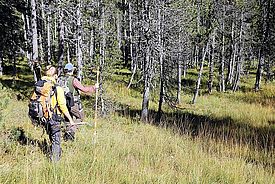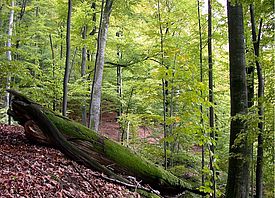Dr. Martina Hobi

Funktion
Gruppenleiterin
Swiss Federal Research Institute WSL
Zürcherstrasse 111
8903 Birmensdorf
Standort
WSL Birmensdorf Bi HP D 61

